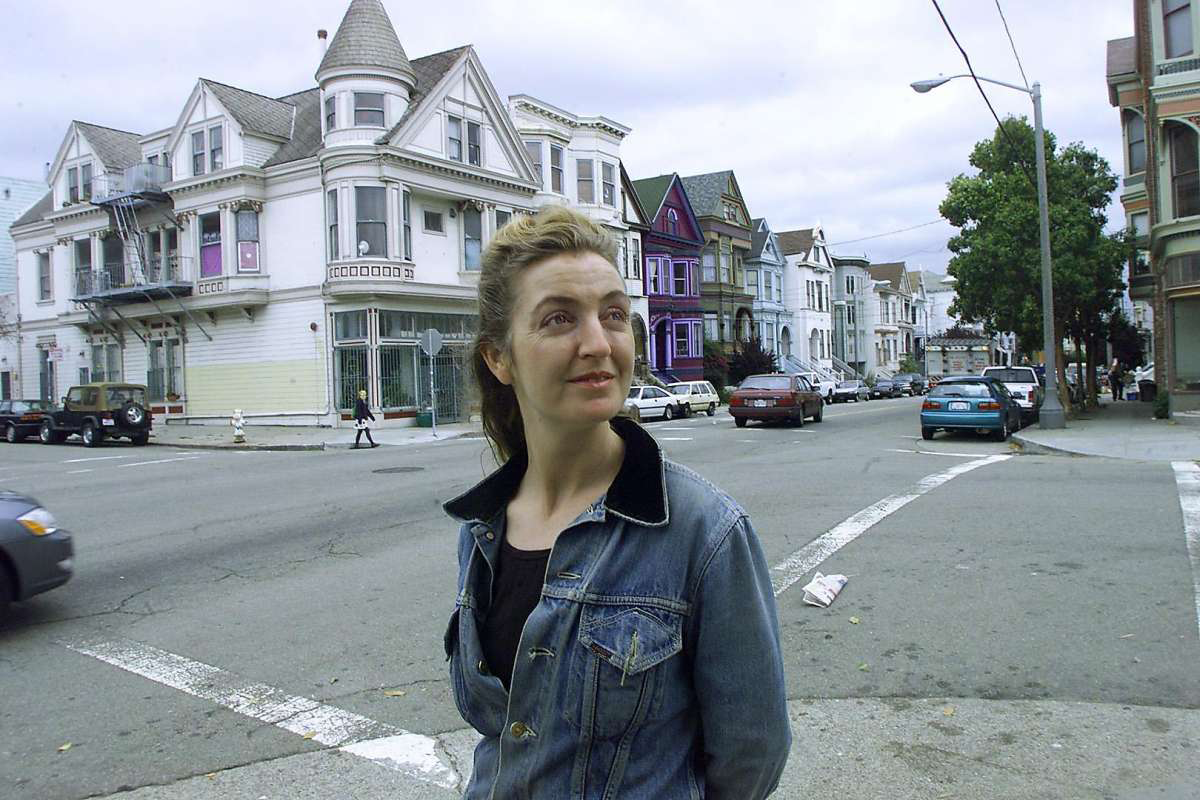
Along the way, she highlights her publishing achievements, including the viral essay “Men Explain Things to Me,” which inspired the term mansplaining. In fluid, vivid prose, she recalls the terror she experienced while walking the streets alone, not knowing if she’d be attacked or raped, and considers how negative representations of women in art affect creative output (“How do you make art when the art that’s all around you keeps telling you to shut up and wash the dishes?”). While in graduate school, she worked at a museum-which informed the writing of her first book, Secret Exhibition-and struggled to be heard in a world that favored male writers.

Then she gave me a platform for my voice”). She rented an apartment in a black neighborhood (“I was the first white person to live in the building in seventeen years”) and acquired a writing desk from a friend who was nearly murdered by an ex (“Someone tried to silence her.

As a teen, Solnit fled a volatile home life to forge her path. These influences taught her how to write in the way she has ever since, and gave her a voice that has resonated with and empowered many others.Author and activist Solnit ( Whose Story Is This?) writes in this enlightening, nonlinear memoir of her life as a poor young woman in 1980s San Francisco and her development as a writer and feminist thinker. She explores the forces that liberated her as a person and as a writer-books themselves, the gay men around her who offered other visions of what gender, family, and joy could be, and her eventual arrival in the spacious landscapes and overlooked conflicts of the American West. Looking back, she sees all these as consequences of the voicelessness that was and still is the ordinary condition of women, and how she contended with that while becoming a writer and a public voice for women's rights. Solnit recounts how she came to recognize the epidemic of violence against women around her, the street harassment that unsettled her, the trauma that changed her, and the authority figures who routinely disdained and disbelieved girls and women, including her. She tells of being poor, hopeful, and adrift in the city that became her great teacher of the small apartment that, when she was nineteen, became the home in which she transformed herself of how punk rock gave form and voice to her own fury and explosive energy.

In Recollections of My Nonexistence, Rebecca Solnit describes her formation as a writer and as a feminist in 1980s San Francisco, in an atmosphere of gender violence on the street and throughout society and the exclusion of women from cultural arenas.


 0 kommentar(er)
0 kommentar(er)
